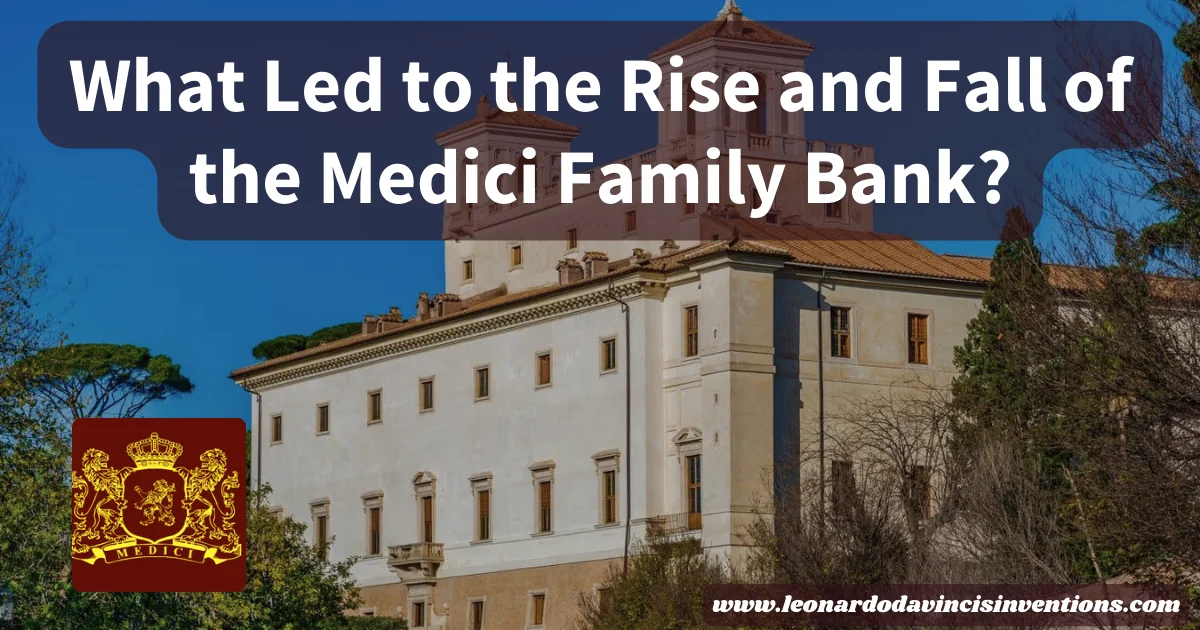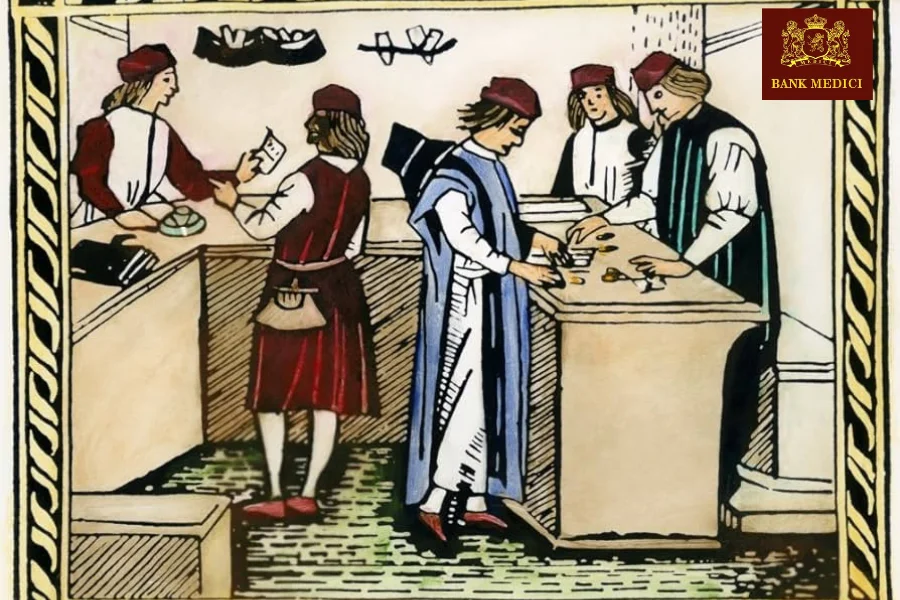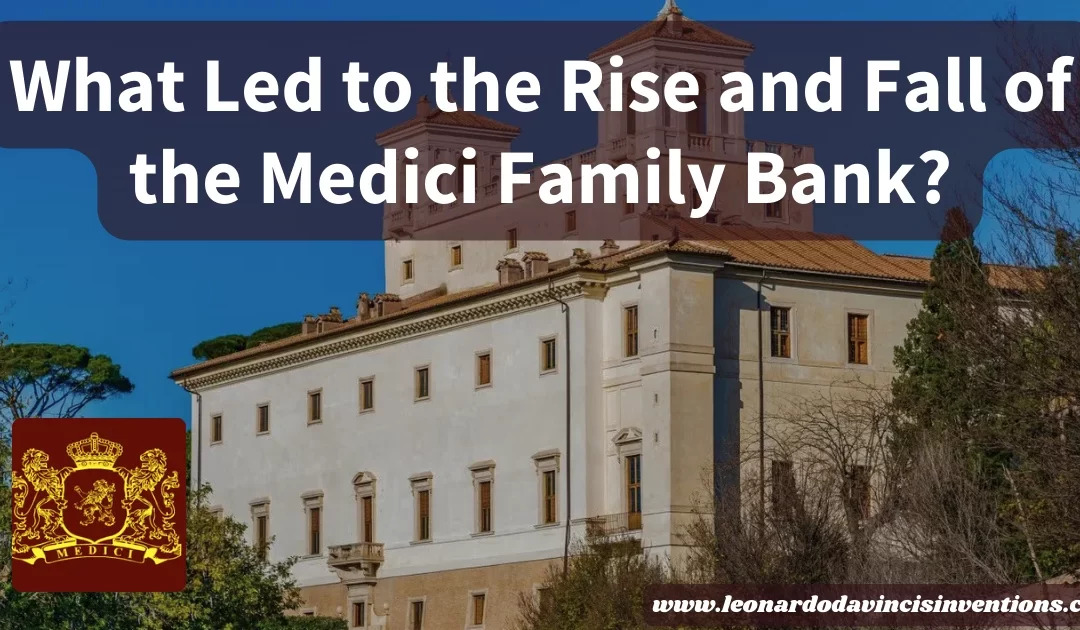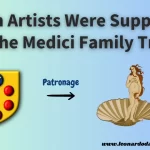
The Medici family bank was once the most powerful financial institution in Europe. It shaped business and politics in Florence and beyond.
Many people wonder how the Medici reached such great heights, only to lose it all. This article explores the main reasons behind their rise and fall.
The Medici bank thrived due to its innovative financial practices, close political connections, and adaptability to the shifting economy. It ultimately fell due to risky investments, poor leadership, and outside economic pressures.
You will learn about the critical events, people, and decisions that shaped and ultimately led to the downfall of this influential bank.
The Rise of the Medici Family Bank in Renaissance Florence
The Medici family bank became the most powerful financial institution in Renaissance Florence. Their success stemmed from innovative banking practices and strong political connections.
They also used cultural patronage to shape Florence’s society and economy.
How Florence Became the Hub of Banking and Commerce
Florence’s location on key trade routes and its wealthy merchant class made it an ideal location for banking growth. By the late Middle Ages, the city had become a center for the production and trade of wool, silk, and other goods across Europe.
The rise of the Florentine Republic enabled merchants and bankers to gain significant influence. Florence’s stable and growing economy allowed families like the Medici to offer loans, investments, and currency exchange to merchants, nobles, and rulers.
These financial activities powered further growth. Florence stood out as a leader in European commerce.
Building Wealth and Power: The Medici Banking Dynasty
The Medici family built its fortune by establishing the Medici Bank in 1397. They opened branches in major European cities, including Rome, Venice, London, and Bruges.
This network offered credit, international transfers, and investments. Their relationship with the papacy proved especially important.
By handling the finances of the Catholic Church, the Medici amassed great wealth and gained significant political power. Major rulers trusted them, helping the family gain high offices and social standing.
Patronage, Art, and Political Influence in the Medici Legacy
The Medici used their wealth to sponsor artists, architects, and scholars. They supported figures such as Leonardo da Vinci and Michelangelo, making Florence a hub of Renaissance art and culture.
By funding art, religious buildings, and public events, the Medici expanded their political influence. They strengthened ties to the papacy and local society.
Their legacy is tied to their cultural achievements and their ability to utilize finance and art for political purposes.
The Structure and Innovations of the Medici Family Bank

The Medici family bank shaped finance, politics, and society in Renaissance Florence. Its organization and strategies set new standards for banking in Europe.
Banking Innovations: Loans, Credit, and Branches Across Europe
The Medici family bank developed new banking practices. They used double-entry bookkeeping to track debits and credits, which improved account management and security.
This innovation influenced modern accounting practices. The bank expanded through branches in cities like Rome, London, and Bruges.
These branches handled trade, investments, and currency exchanges. By providing loans and credit to merchants, nobles, and monarchs, the bank became a central institution in European finance.
Handling Papal banking gave the Medici special authority. Their network covered major centers of trade and governance.
The Role of the Papacy, Merchants, and the Florentine Republic
Strong connections to the Papacy gave the Medici family bank unique leverage. Medici’s relationships with Popes Leo X and Clement VII increased their wealth and power.
As bankers to the Vatican, they processed church funds, tax receipts, and donations. Florentine merchants relied on the bank to grow their businesses, secure loans, and invest in new opportunities.
The bank served both local commerce and international trade. It helped finance political campaigns, art patronage, and public projects in the Florentine Republic.
This made the Medici dynasty a dominant force in city governance and cultural life.
Family, Succession, and the Banking House’s Internal Dynamics
The Medici bank was a family business. Leadership passed from one generation to the next, most famously from Cosimo to Lorenzo de’ Medici.
Each heir faced pressure to grow the family fortune and maintain stability. Internal rivalry and disputes sometimes weakened the banking house.
Certain branches struggled with mismanagement, poor investments, or family conflicts. Succession troubles affected bank operations.
Failures to adapt to new banking conditions, rivalry within the family, and loss of key allies led to the decline and eventual collapse of the Medici banking dynasty in the late 15th century.
The Fall and Lasting Impact of the Medici Family Bank
The Medici family bank, once the economic center of Renaissance Florence, struggled with internal weaknesses and fierce rivals. Its collapse changed European finance and left a cultural legacy that shaped art, politics, and society.
Political Influence, Conspiracy, and the Decline of Fortune
Medici power relied on strong political alliances and close ties to the Papacy. These factors also invited enemies and fueled dangerous rivalries.
The Pazzi Conspiracy in 1478, where rivals tried to overthrow the Medici rule, signaled growing unrest. Financial mismanagement and poor investments weakened the banking house.
Large loans to risky foreign rulers strained their credit. As heirs lost focus on banking and turned more toward politics, the financial empire began to crumble.
Political influence once helped the Medici family bank gain privileged access to papal accounts and trade. However, it could not protect them from mounting debts and new banking competitors.
Exile, Restoration, and the Collapse of the Bank
Political enemies exiled the Medici from Florence. The family struggled to rebuild their authority and lost many banking connections and assets.
Although they later returned to power and restored their position in Florentine nobility, their bank never recovered its former influence. The collapse became certain when branches in Rome, London, and Bruges failed.
The last Medici bank closed in 1494, marking the end of the family’s dominance in finance and commerce in Renaissance Italy.
The Legacy of the Medici Family Bank in European Society and Culture
Despite losing their fortune, the Medici left a rich legacy in art, politics, and culture. Their patronage of the arts played a significant role in sparking the Italian Renaissance.
They supported artists like Michelangelo and Leonardo da Vinci. The House of Medici’s close relationship with the papacy led to the rise of Medici Popes such as Leo X and Clement VII.
Their innovations in banking set new standards in credit and account management. The Medici family’s influence extended to economic governance, cultural patronage, and the structure of European society.
The bank’s legacy continues through memory, reputation, and works of art that define the Renaissance era.
Frequently Asked Questions
The Medici family once wielded significant influence in Renaissance Florence due to their banking success and political power. Many people remain curious about their legacy and fortune.
Did the Medici family own a bank?
Yes, the Medici family owned the Medici Bank. It was founded in Florence in the late 14th century and grew into the largest bank in Europe during the 15th century.
The bank helped the family accumulate wealth and power, financing governments and the popes across Europe.
Does the Medici family still exist today?
The original Medici family line became extinct in the 18th century. Some people still have the Medici surname, but they are not direct descendants of the famous banking family.
When did the Medici Family bank close?
The Medici Bank declined in the late 15th century and closed in 1494. Poor management, bad loans, and political troubles led to its collapse.
How much money did the Medici family have?
It is hard to know precisely how much wealth the Medici family controlled. Their fortune was enormous for their time, making them among the wealthiest families in Europe.
Their money came from banking profits, real estate, investments, and connections with royalty.
Who inherited the Medici fortune?
Members of the Medici family passed their wealth and titles down through each generation. As the family line weakened, the last Medici ruler, Anna Maria Ludovica, willed the remaining property to the city of Florence.
No other family inherited the direct fortune.
What is the oldest bank in the world?
The oldest surviving bank in the world is Banca Monte dei Paschi di Siena, established in 1472 in Italy. The Medici Bank, though famous and influential, did not survive as long.
What was the dark side of the Medici family?
The Medici family’s quest for power involved political plots, bribery, and violence. Records show assassinations and feuds, especially when their control of Florence faced threats.
Who was the most prosperous banker in Italy?
During the height of the Medici Bank, Cosimo de’ Medici and Lorenzo de’ Medici were the wealthiest bankers in Italy. Their financial reach extended to other European countries.
Their bank had unmatched influence and resources during the 15th century, as described in this overview of the Medici family.
Who is the CEO of Medici Bank?
The original Medici Bank closed in the 15th century, so it does not have a chief executive officer. Today, a modern financial company called Medici Bank exists, but it is unrelated to the historical Medici family bank.
Who was the wealthiest family in Florence?
The Medici family became the wealthiest and most influential family in Florence during the Renaissance.
Their bank and political alliances gave them almost total power over the city for many generations.




 Leonardo Bianchi,
the creator of Leonardo da Vinci's Inventions.
Thank you for visiting
Leonardo Bianchi,
the creator of Leonardo da Vinci's Inventions.
Thank you for visiting